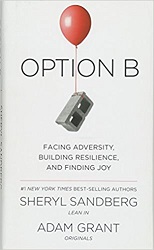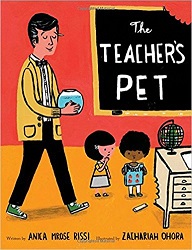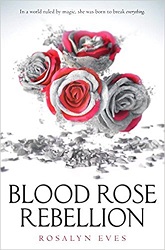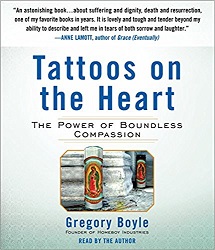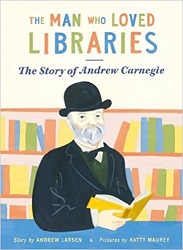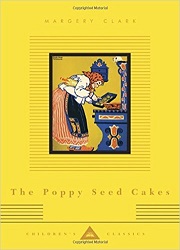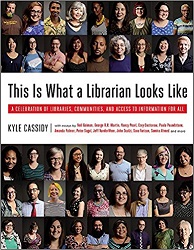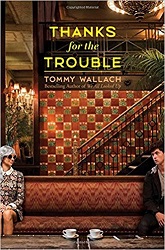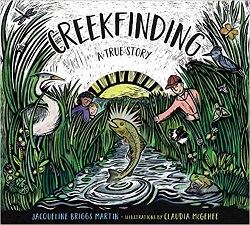Review of Option B, by Sheryl Sandberg and Adam Grant
Facing Adversity, Building Resilience, and Finding Joy
by Sheryl Sandberg and Adam Grant
Alfred A. Knopf, 2017. 226 pages.
Starred Review
Option B is a book about grief.
Sheryl Sandberg’s husband Dave died suddenly after they had been married only eleven years. This book is framed as the story of her loss and the hard road of recovery, but she’s extended the application to a look at how to build resilience in the face of adversity.
Yet try as we might to prevent adversity, inequality, and trauma, they still exist and we are still left to cope with them. To fight for change tomorrow we need to build resilience today. Psychologists have studied how to recover and rebound from a wide range of adversity — from loss, rejection, and divorce to injury and illness, from professional failure to personal disappointment. Along with reviewing the research, Adam and I sought out individuals and groups who have overcome ordinary and extraordinary difficulties. Their stories changed the way we think about resilience.
This book is about the capacity of the human spirit to persevere. We look at the steps people can take, both to help themselves and to help others. We explore the psychology of recovery and the challenges of regaining confidence and rediscovering joy. We cover ways to speak about tragedy and comfort friends who are suffering. And we discuss what it takes to create resilient communities and companies, raise strong children, and love again.
Right in the first chapter, she talks about important obstacles you need to overcome:
We plant the seeds of resilience in the ways we process negative events. After spending decades studying how people deal with setbacks, psychologist Martin Seligman found that three P’s can stunt recovery: (1) personalization — the belief that we are at fault; (2) pervasiveness — the belief that an event will affect all areas of our life; and (3) permanence — the belief that the aftershocks of the event will last forever. The three P’s play like the flip side of the pop song “Everything Is Awesome” — “everything is awful.” The loop in your head repeats, “It’s my fault this is awful. My whole life is awful. And it’s always going to be awful.”
Hundreds of studies have shown that children and adults recover more quickly when they realize that hardships aren’t entirely their fault, don’t affect every aspect of their lives, and won’t follow them everywhere forever. Recognizing that negative events aren’t personal, pervasive, or permanent makes people less likely to get depressed and better able to cope.
This book is best and most powerful in all the personal moments she shares about her own struggles after her husband’s death. Bringing in psychological research and other stories of loss does reinforce those lessons, but they almost feel canned in comparison.
And although the authors work to make the book applicable to building resilience in any adversity, I would most recommend it to people who are also dealing with the death of someone close to them.
Don’t shoot me, but I’ve long thought that in many ways divorce is worse than the death of a spouse. Reading this book reminded me that in many ways the death of a spouse is worse than divorce. Both are terrible, and in dealing with both you need resilience. But I’m not sure I would have liked reading this book when my divorce was fresh. Because she got to keep her good memories of her spouse, and they weren’t tainted by wondering when he stopped loving her. As she grew and healed to where she was ready to try to love again, she didn’t have to figure out how to stop loving her spouse, who was not the loving husband she thought he was. Her world was shaken — but in just similar enough ways, I think I would have envied her if I’d read this ten years ago. And been mad at her for not realizing how lucky she was but also been ashamed of myself for not realizing how horribly unlucky she was — in short, I think it might have added to my mess of emotions for being so close but so far from what I was going through.
However, ten years down the road, after reading this book, I’m almost ashamed to even compare my journey with hers. I think perhaps because I did work at falling out of love with my ex-husband and I truly don’t want him back any more, the grief doesn’t last as long. But the lessons of resilience that she points out will help you through whatever Option B you have to settle for.
I like the way she winds things up in the final chapter.
But just as grief crashes into us like a wave, it also rolls back like the tide. We are left not just standing, but in some ways stronger. Option B still gives us options. We can still love . . . and we can still find joy.
I now know that it’s possible not just to bounce back but to grow. Would I trade this growth to have Dave back? Of course. No one would ever choose to grow this way. But it happens — and we do. As Allen Rucker wrote about his paralysis, “I won’t make your skin crawl by saying it’s a ‘blessing in disguise.’ It’s not a blessing and there’s no disguise. But there are things to be gained and things to be lost, and on certain days, I’m not sure that the gains are not as great as, or even greater than, the inevitable losses.”
Tragedy does not have to be personal, pervasive, or permanent, but resilience can be. We can build it and carry it with us throughout our lives.
Find this review on Sonderbooks at: www.sonderbooks.com/Nonfiction/option_b.html
Disclosure: I am an Amazon Affiliate, and will earn a small percentage if you order a book on Amazon after clicking through from my site.
Source: This review is based on a library book from Fairfax County Public Library.
Disclaimer: I am a professional librarian, but I maintain my website and blogs on my own time. The views expressed are solely my own, and in no way represent the official views of my employer or of any committee or group of which I am part.
What did you think of this book?
